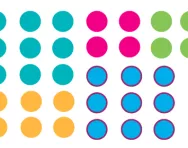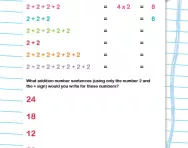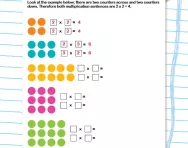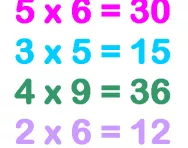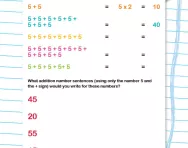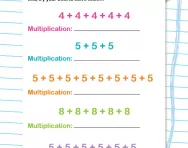Important update from TheSchoolRun
For the past 13 years, TheSchoolRun has been run by a small team of mums working from home, dedicated to providing quality educational resources to primary school parents. Unfortunately, rising supplier costs and falling revenue have made it impossible for us to continue operating, and we’ve had to make the difficult decision to close. The good news: We’ve arranged for another educational provider to take over many of our resources. These will be hosted on a new portal, where the content will be updated and expanded to support your child’s learning.
What this means for subscribers:
- Your subscription is still active, and for now, you can keep using the website as normal — just log in with your usual details to access all our articles and resources*.
- In a few months, all resources will move to the new portal. You’ll continue to have access there until your subscription ends. We’ll send you full details nearer the time.
- As a thank you for your support, we’ll also be sending you 16 primary school eBooks (worth £108.84) to download and keep.
A few changes to be aware of:
- The Learning Journey weekly email has ended, but your child’s plan will still be updated on your dashboard each Monday. Just log in to see the recommended worksheets.
- The 11+ weekly emails have now ended. We sent you all the remaining emails in the series at the end of March — please check your inbox (and spam folder) if you haven’t seen them. You can also follow the full programme here: 11+ Learning Journey.
If you have any questions, please contact us at [email protected]. Thank you for being part of our journey it’s been a privilege to support your family’s learning.
*If you need to reset your password, it will still work as usual. Please check your spam folder if the reset email doesn’t appear in your inbox.
What is repeated addition?
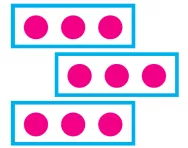
What is repeated addition?
Repeated addition is taught in Year 2, as a basis for helping children understand multiplication.
A teacher may ask a child to work out what 3 lots of 5 are. They may be asked to make 3 groups of 5 counters. Then they may be asked to write the number sentence 5 + 5 + 5 = and then work out the answer, which is 15.
They may also be asked to draw an array to help them work this out. For example, for 3 lots of 5, they would draw:
Children often need to use plenty of visual images like this to really help them with the concept of multiplication. Once they have got the hang of this, they can then move onto writing this into the number sentence:
3 x 5 = 15
They need to repeatedly be made aware that 3 x 5 is '3 lots of 5'.
Repeated addition may be helpful for children as they go up the school and are still not confident with their times tables. For example: a Year 3 child who does not know their 6x table yet, may find it easier to work out 4 x 6 by writing 6 + 6 + 6 + 6 and then slowly adding up the 4 sixes. It may also be helpful with larger numbers, such as 5 x 40. A child may feel comfortable writing 40 + 40 + 40 + 40 + 40 and then adding on the tens on their fingers.
It is important, however, that children move onto learning how to work out number sentences like the above using multiplication, so when working out 5 x 40, they work out 5 x 4 = 20, then multiply this by 10 to make 200.


